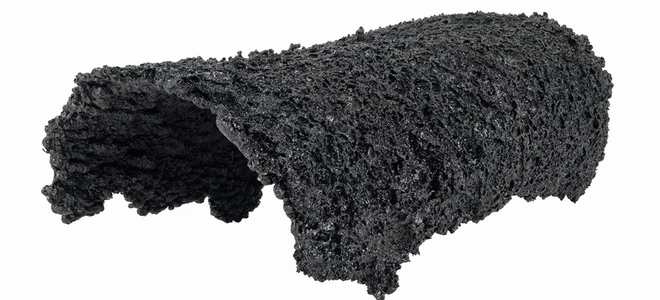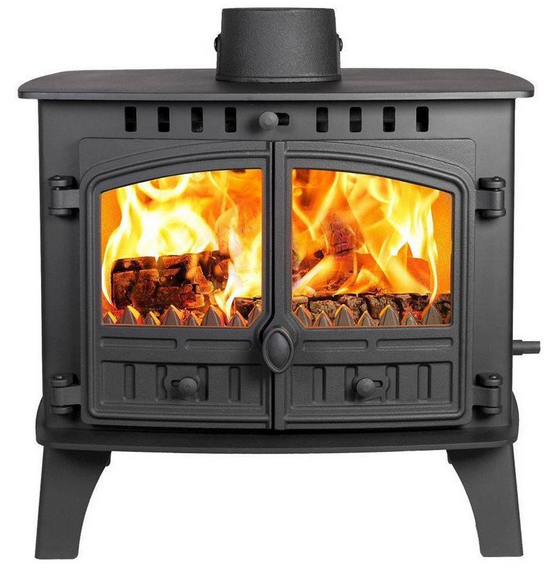For less than £25 you can buy a good quality moisture meter which will quite literally tell you the level of moisture in any material. In this instance it is worth its weight in gold when measuring moisture in wood for your stove. So, how could this relatively cheap item save you hundreds of pounds?
Wet and dry wood
Some people are under the misapprehension that you can literally burn anything on your wood-burning stove and it will work fine. This is especially relevant when discussing wet and dry wood and the heat value. While it is fairly obvious that dry wood will burn better than wet wood, do you know why this is the case?
In order for any wood to burn it needs to be dry. So, if you are using wet wood on your stove then energy will be used to evaporate the moisture before burning. This is energy which could be used to burn the wood as opposed to dry it. When you sit back and look at it from a distance, it makes perfect sense. In order for your wet wood to burn it needs to be dry, in order for your wood to dry it needs heat. This is just a waste of energy when you can use dry wood.

Financial benefits
There is a general consensus that the moisture content for wood to burn on a stove should be below 20%. This is to all intents and purposes the optimal level because if your wood is too dry it will burn too quickly. So, anything just under 20% is perfect – but what if we compare this to wood with 50% moisture content?
Research shows that a ton of unseasoned wood (wet wood) has a calorific value in the region of 2400 kWh. The calorific value of seasoned wood (dry wood) is 4110 kWh which is a huge difference. In financial terms, each kWh is worth around 5p suggesting that a ton of wet wood is worth £116.38 in heat value while dry wood is worth £206.55. This is a difference of around £90 per tonne. If you work out the number of tonnes of wood you use each year we are starting to look at a significant cost saving with dry wood.
Damage to your stove
There is a reason why manufactures advise not to use wet wood other than the fact it is less economical. When wet wood burns the release of the moisture can create tar like material which can stick to the side of your flue/chimney. This will make your machine significantly less efficient and could eventually push various gases back into your room if a buildup was to occur within the flue/chimney. While you would obviously have your carbon monoxide meter to hand to monitor dangerous gases, this is not the most beneficial, economic or safe way to use your stove.
Conclusion
Aside from the fact it is significantly financially beneficial to burn dry wood as opposed to wet wood, there are also various safety aspects to take into consideration. The idea that you can simply burn any type of fuel on your wood-burning stove is simply wrong. It can be dangerous, uneconomical and could cause long-term damage to your stove, flue and chimney. These wise words of advice in the manufacturers guide are not just there for show!

